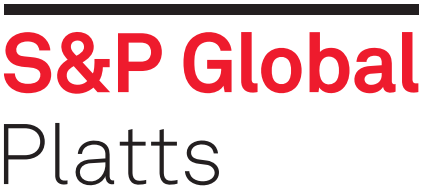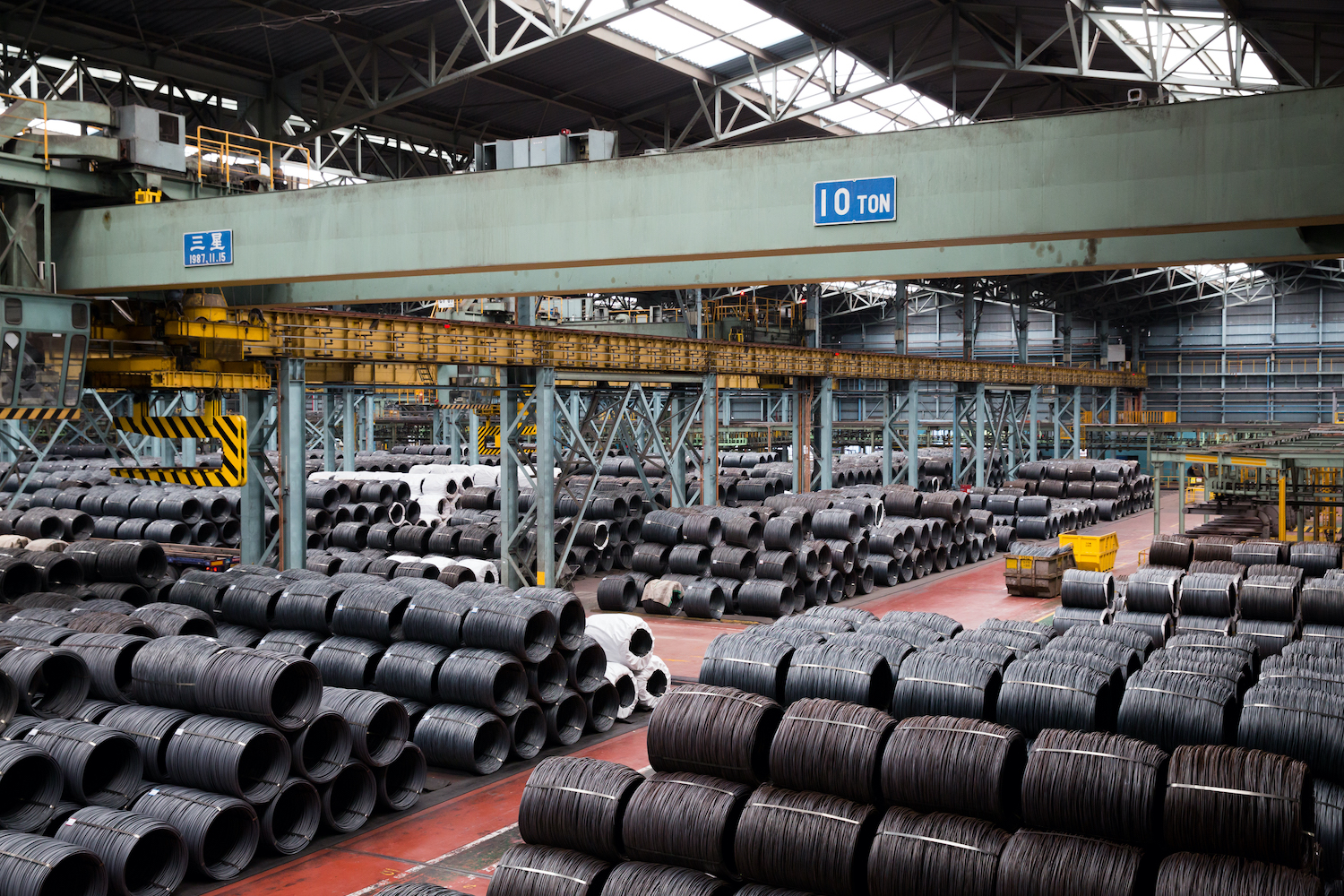German steelmaker Thyssenkrupp’s Electrical Steel unit is to supply first batches of its “bluemint” low carbon emissions steel to Regensburg-based SGB-SMIT for the production of transformers for new digital E.ON medium-voltage substations in Germany, the company said Jan. 19. The first delivery will be of 50 mt of bluemint powercore steel which has 50% lower CO2 intensity than conventional steel products, the company said.
Electrical Steel, based in Gelsenkirchen, specializes in the production of grain-oriented electrical steel, used for transmission and forwarding of electrical energy in low-loss power transformers. Grain-oriented electrical steel of Thyssenkrupp’s powercore brand is also used in charging columns for electric vehicles, the company said. The use of these kinds of steel already contribute to customers’ energy savings, and will now contribute to the overall decarbonization effort, according to the steelmaker.
Various EU steelmakers are trialing low-emissions or “green” steel with their customers. ArcelorMittal, Europe’s largest steelmaker, started to offer its first green steel solutions to customers in 2020. Sweden’s SSAB said last November it was starting deliveries of low-emissions heavy plate and strip products from its Borlange site to several auto and construction sector buyers who had showed interest in pilot products.
Surcharges are expected to become part of the new cost structure of green steel, with prices at a premium to conventional steel.
Swedish special steel producer Ovako said late last year that from this month it will introduce a “climate surcharge” to support initiatives and new technology investments as its production goes carbon-neutral.
Duisburg blast furnace
Thyssenkrupp Steel has been offering certified CO2-reduced steel under the bluemint brand since October 2021. Production is initially taking place via the classic blast furnace route at the steelmaker’s Duisburg site before the company advances to hydrogen-based direct reduction technology from 2025, it said.
For the batch now delivered to SGB-SMIT, reduced iron has already been used in the blast furnace, enabling a reduction in coal usage, Thyssenkrupp said. This results in actual CO2 savings in the primary steel route, which are converted on balance to a specific quantity of certified bluemint steel, it said.
Including all further processing steps in Duisburg and in Gelsenkirchen, a CO2 saving of 50% per metric ton of bluemint is being achieved compared with conventional electrical steel. This means a reduction in the CO2 intensity of 1 mt of bluemint powercore to 1.8 mt from 3.7 mt. The Gelsenkirchen site is aiming for complete climate neutrality in the medium term, for example by using green electricity and biomethane in production as early as this year, the company said.
— Diana Kinch






